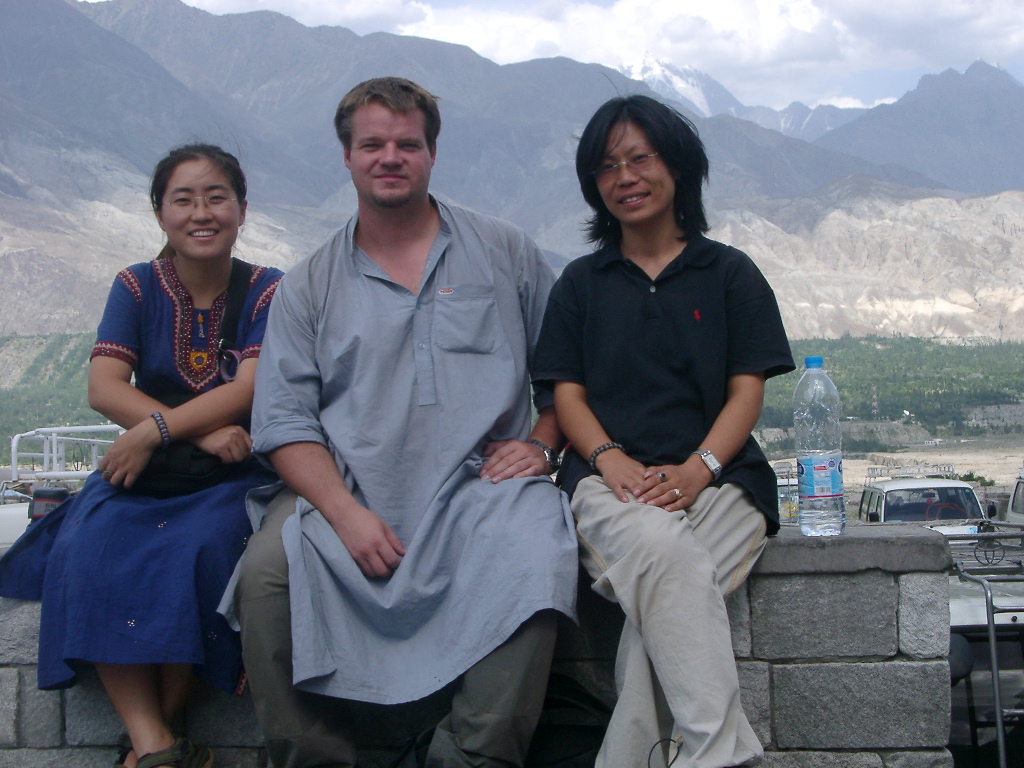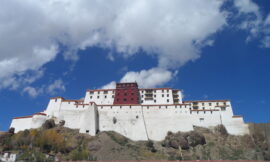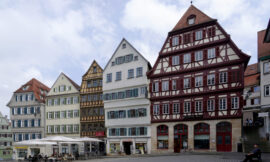



Gilgit, the capital of the Gilgit-Baltistan region in northern Pakistan, is a place of unparalleled natural beauty, cultural richness, and strategic significance. Nestled amidst the towering peaks of the Himalayas and the Karakoram Range, Gilgit serves as a gateway to some of the world’s highest mountain ranges and pristine landscapes. Its breathtaking scenery, diverse cultures, and historical importance make it a unique destination for adventurers, nature enthusiasts, and those seeking a glimpse into Pakistan’s northern heritage.
One of Gilgit’s most striking features is its geographical location, situated at the confluence of several major mountain ranges. The Karakoram Highway, often referred to as the Eighth Wonder of the World, connects Gilgit to the Chinese border and serves as a lifeline for trade and travel in the region. The highway’s winding path through breathtaking landscapes offers travelers an unforgettable journey, with Gilgit as a central hub.
The city itself is characterized by its serene surroundings and a blend of modern and traditional elements. The Gilgit River flows through the heart of the city, providing a picturesque setting against the backdrop of snow-capped peaks. The colorful bazaars, where traders and locals gather, exude a vibrant atmosphere and offer a glimpse into the region’s cultural diversity.
Gilgit is not just a gateway; it is a destination rich in cultural heritage. The city and its surrounding areas are home to various ethnic communities, including Shins, Yashkuns, Wakhi, and Burusho people, each with its distinct language, traditions, and folklore. The region’s cultural festivals, such as the Shandur Polo Festival and the Babusar Polo Festival, showcase the vibrant traditions and sports that have been passed down through generations.
The historical and archaeological significance of Gilgit is reflected in the ancient sites and rock carvings scattered across the region. The ancient city of Shigar, with its centuries-old wooden architecture, and the nearby Buddha Rock in Skardu, adorned with Buddhist inscriptions, provide glimpses into the historical tapestry of the area. These remnants speak to the diverse cultural influences that have shaped Gilgit over the millennia.
Beyond the city, the Gilgit-Baltistan region is a treasure trove for outdoor enthusiasts and adventure seekers. The surrounding mountains, including Nanga Parbat, the ninth-highest peak in the world, attract mountaineers and trekkers from around the globe. The Hunza Valley, accessible from Gilgit, is renowned for its stunning landscapes, ancient forts, and welcoming communities. The majestic Attabad Lake, formed after a landslide in 2010, adds to the region’s natural splendor.
The Diamer-Bhasha Dam, a major hydroelectric project on the Indus River, is also situated near Gilgit and is expected to contribute significantly to Pakistan’s energy needs. The construction of this dam has further highlighted the region’s strategic importance in the country’s development.
While Gilgit has witnessed progress and development, challenges persist, including infrastructural limitations and occasional geopolitical complexities. However, the resilience of its people and the untamed beauty of its landscapes continue to draw attention to the region’s potential for sustainable tourism, economic growth, and cultural exchange.
In conclusion, Gilgit stands as a testament to the awe-inspiring beauty of Pakistan’s northern landscapes and the rich cultural heritage that defines the region. Whether as a starting point for mountain adventures, a cultural crossroads, or a gateway to the Himalayas and Karakoram, Gilgit holds a unique place in the hearts of those who explore its terrain. As Pakistan continues to embrace its northern frontier, Gilgit remains a symbol of the nation’s natural wonders and cultural diversity, inviting the world to discover the magic hidden within its majestic mountains.



